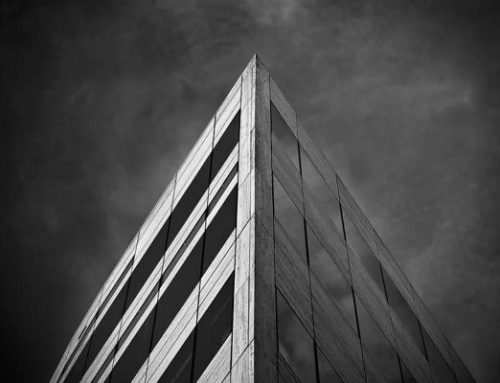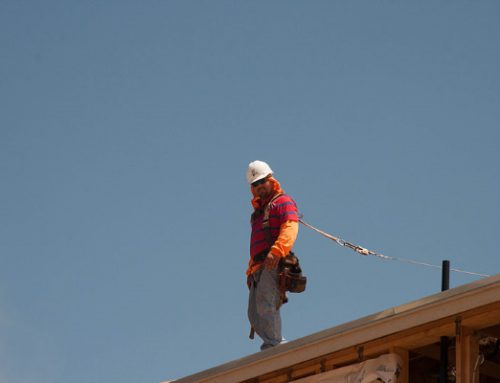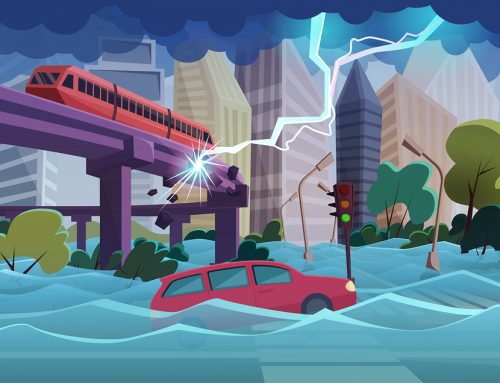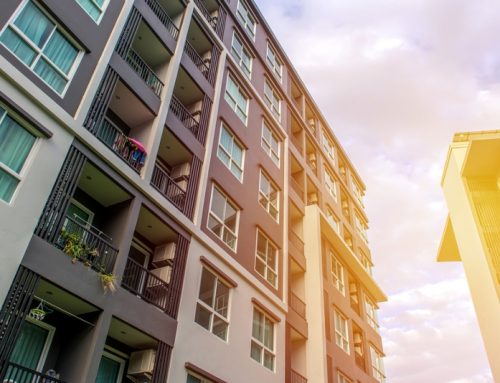A couple of weeks ago, we interviewed ten business owners who ran their own brick-and-mortar stores.
We wanted to find out whether their roofs were on top of the things they considered in their day-to-day operations.
As it turns out, all of them thought of their actual business dealings first.
Customers. Products. Business partners. Employees.
So today, we want to ask you: Do you typically take a moment to pause and think of the many ways your commercial roofing serves your business?
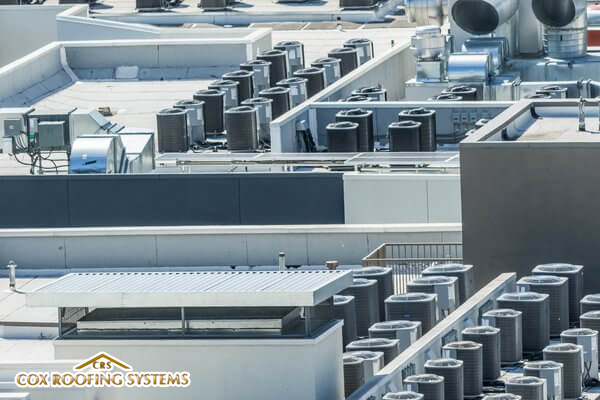
Yes, commercial roofing systems are business owners’ biggest investments. Unfortunately, roof owners do not realize their importance.
Because of that, they fail to properly care for them. Worse, they unknowingly do things that do more damage to their roofs.
Here at Cox Roofing Systems, we prioritize prompt and proper commercial roofing care more than anything else.
We provide commercial roofing services which include roofing restorations and repairs.
For people looking to be more proactive when it comes to roof maintenance, we’ve prepared a simple guide for you.
Here, you will learn the basics of caring for your commercial roof…
- Why roof care is important (the advantages of roof maintenance)
- The negative effects and dangers of neglecting your roof
- Simple ways to perform roof maintenance as a commercial property owner
Why Should You Be Concerned in the Care of Your Commercial Roofing System?
Regardless of the commercial roofing type you have, remember that your roof does not break immediately. Huge problems start as small ones and these progress over time (weeks to months to years).
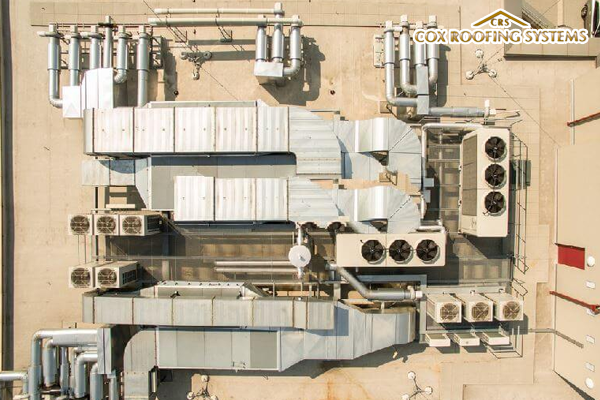
Your roof is exposed to changing temperatures. Just imagine the changes that happen during hot summer and freezing months.
What are the benefits of caring for commercial roofing systems? How does it help you as a business owner now and in the future?
Ensuring a positive relationship with your roof by attending to its need for proper care has the following benefits:
- Maximum performance – Roofing systems like single-ply membranes and built-up roofs can protect you better if you maintain them.
- Avoid costly total roof replacements – Would you rather deal with a tiny leak now or pay for a complete roof replacement tomorrow?
- Protection for the environment – Mitigate energy loss and excessive energy consumption by patching punctures and tears as needed.
- Maintain the resale value of your property – Resell your building in the future for a fair, profitable price by keeping your roof in tip-top shape. Read our case study on this topic.
In the course of caring for your roof, you will need the assistance of roofing contractors.
Professional commercial roofing contractors can handle difficult areas you can’t find and fix. Their commercial roofing services include simple repairs and roofing restorations.
Negative Effects of Ignoring Your Roof
If you believe that you’re saving time, money, and effort each time you procrastinate, you’re making a huge mistake.
Neglect has several short-term and long-term consequences for your building, occupants and entire business. These poor effects include:
- Continuous leaks
- Increased power bills
- Mold issues
- Stress and anxiety
- Disrupted workflows
Ways to Preserve and Extend the Life of Commercial Roof Systems
1. Look for signs of damage especially after a storm
While you cannot inspect areas of your building to find signs of roof damage on a daily basis, make sure you do once every few weeks. Set a reminder for that activity.

However, if it’s rainy or winter season, or worse, a storm hits your area, an immediate inspection is a MUST.
What should you look for? Below are danger signs of a failing commercial roof:
A. Moisture inside your building
Is there increasing humidity within your facility? Moisture signifies repetitive roof leaks that have not been addressed.
It is possible that water soaked up your roofing insulation before it penetrated your building interior. This has several consequences, with further damage on your commercial roofing as one.
Another negative effect of moisture is the reduction of the R-value of your insulation. When this decreases, your HVAC equipment will need to operate twice its normal effort.
The result? Your energy bills will soar.
Pay attention to signs of a roof leak such as water trickling from your walls, weird odors (may indicate mold), blistering of wall covering, and wood decay.
B. Obvious dents
Commercial metal roofing may show obvious denting especially after a hail storm. Also, take note of possible dents on the seams and joints across your roof.

Flat roofs and built-up roofing systems can look perfectly intact even after a severe hail storm.
Let’s say you have a TPO roof. Its surface may look perfectly fine but there is a possibility that the mesh beneath it is broken.
A simple visual assessment of built-up roofs is even more difficult since the topmost layer (thin gravel) looks completely unchanged.
If you suspect any damage that’s not visible, don’t hesitate to seek help from commercial roofing services.
2. Reduce foot traffic on your roof
One of the factors that speed up the damage to flat roofs is foot traffic.
If you have generators and other equipment on your rooftop, your maintenance crew will need to check them from time to time.
Some companies take extra precaution by installing walkway pads. These pads have a different color and texture to prevent accidents.
Companies do this in addition to limiting access to their commercial roof systems to only a few, selected people.
3. Keep your trees trimmed away
Trees provide shade but they do more harm than good to commercial roofs. If tree branches don’t touch your roof surface and scratch it, leaves can still get in the way.
Fallen leaves that pile up affect your drainage. Also, squirrels and raccoons can access your roof through nearby trees.
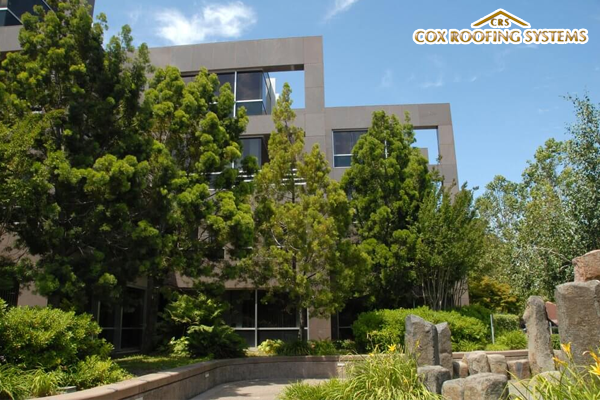
The easiest way you can prevent your roof from deteriorating fast and having drainage problems is to keep your trees well-trimmed.
It doesn’t matter if you only have a one-storey building; hire commercial roofing services to go climb up your commercial roof for you.
Does your company have a tree management plan in place? If you don’t, you need to come up with one as soon as possible.
This plan usually entails that you trim your roof based on an agreed schedule. Tree branches should be cut if they are around 6 feet from your commercial roofing.
Meanwhile, make sure that you and your team check your roof every few days or weeks for fallen branches, leaves, and other debris.
4. Assess your roof for ponding or standing water
Ponding water may look harmless but it’s a potential threat to all commercial roofing systems. It is actually a sign of an underlying drainage or installation problem.
Water accumulates on several spots of your roof within a couple of days – about 72 hours after it has rained.
In case you live in an area with prevalent rainstorms, then you need to consider ponding water a possibility.
Below are common reasons that explain why water does not drain properly from your commercial roofing:
- Dirt, debris, and other objects are clogging your gutters. These can be leaves and twigs (if you have nearby trees) and bird droppings.
- The edge of your building has too much roofing material installed.
- Excessive foot traffic has crushed the insulation beneath your roof, causing depressions.
- The shifting of the earth contributes to low areas on your flat roof.
Over time, the integrity of your roof will weaken.
A common consequence of ponding water is UV degradation. Remember that water acts as a lens. This intensifies sunlight that penetrates your roof’s surface.
UV radiation degrades the chemical composition of your roofing material, whether it is modified bitumen, single-ply, or another type.
Similar to keeping tree branches well-trimmed, avoiding standing water requires a preventive maintenance plan.
Right after a light or heavy rainfall, immediately check your roof for ponding. This is also the ideal time for you to contact commercial roofing services to fix drainage issues.
5. Remove accumulations of snow after a snowfall
Snow puts stress on commercial roofing systems. Never allow it to accumulate to prevent ice dams. Why are ice dams dangerous?
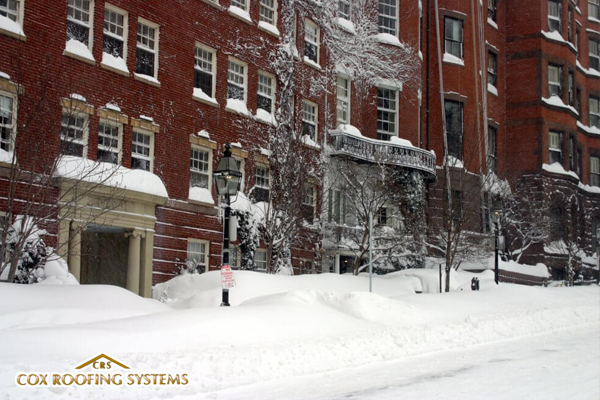
According to the University of Minnesota Extension, water that backs up behind an ice dam can damage your building’s foundation. This includes your walls, insulation, ceiling, and more.
Immediately remove snow on your roof. Look for commercial roofing contractors that provide snow removal services in your area.
The Federal Emergency Management Agency (FEMA) advises commercial building owners and managers to plan a snow removal in advance.
Secure your commercial roofing contractors too since they will be hard to find during snow storms. Confirm that your contractor of choice follows safety standards and has adequate levels of insurance.
Final Thoughts On Commercial Roofing Care
Commercial roofing maintenance is a must, not an option. It ensures the integrity of your building and occupants.
When you take a proactive approach by following the maintenance tips in this article, you will enjoy a roof that lasts longer.
Proactive over reactive is a good thing. Going the reactive route almost always results in bigger and more expensive problems.
What if your roof shows signs of damage? Do you need a restoration or total replacement?
Since commercial roof systems wear out as years pass by, especially if it hasn’t been maintained well, it will have overt and covert signs of damage.
Here at Cox Roofing Systems, we will scientifically test and analyze the present state of your roof. If we find that it can still be salvaged, we will revive it using out Tri-Thermal Roofing (TTR) system.
Our trusted commercial roofing services will save you from complete roof tear-offs and causing harm to the environment.


